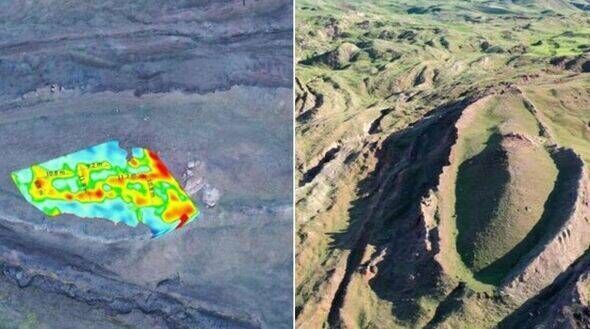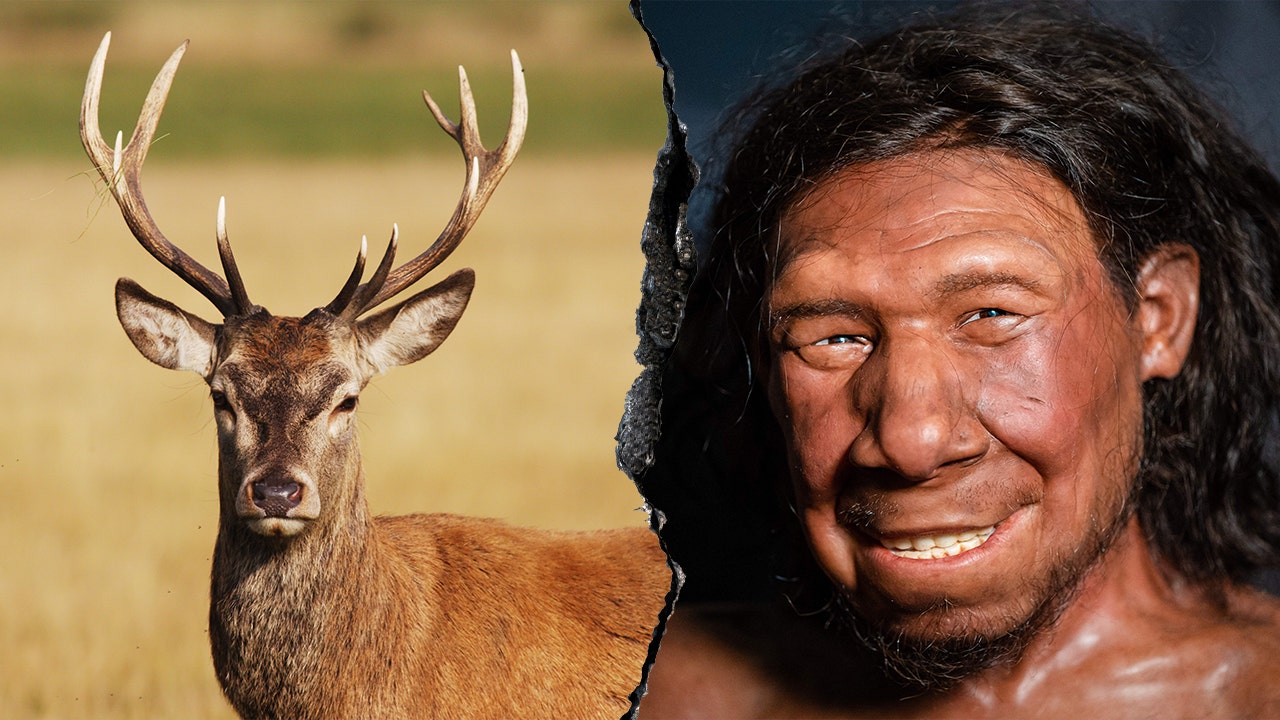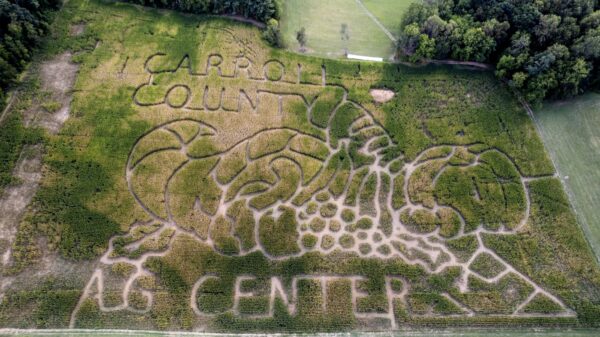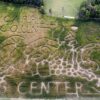Neanderthals living 125,000 years ago in what is now modern-day Germany may have developed an organized process to extract and consume fat from animal bones, a method scientists are describing as a “fat factory.” This revelation comes from a recent study published in Science Advances, which sheds light on the dietary practices of these ancient humans.
During excavations at Neumark-Nord, a site characterized by its former lake landscape, archaeologists unearthed thousands of bones from at least 172 large mammals, alongside flint artifacts. These bones, dating back to an interglacial period when Neanderthals thrived, belonged to animals such as red deer and horses. The study highlights that while many bones with less marrow were scattered across the site, marrow-rich bones were found in clusters, indicating specific sites for fat extraction.
Unveiling the Neanderthal Diet
Researchers propose that Neanderthals used tools to smash bones into small fragments, subsequently boiling them for hours. This process allowed the grease to float to the water’s surface, where it could be skimmed and consumed, providing a high-calorie food source. This method predates previous evidence of similar practices by nearly 100,000 years.
“Neanderthals were clearly managing resources with precision — planning hunts, transporting carcasses, and rendering fat in a task-specific area,” Dr. Lutz Kindler, the study’s first author, explained. “They understood both the nutritional value of fat and how to access it efficiently.”
The Importance of Fat in Neanderthal Survival
Fat was a crucial resource for Neanderthals, particularly during winter and spring when other nutrients were scarce. Their diet, heavily reliant on animal protein, necessitated fat intake to avoid protein poisoning, a potentially fatal condition resulting from excessive protein consumption without sufficient fat or carbohydrates.
Dr. Fulco Scherjon, a data manager and computer scientist involved in the project, emphasized the significance of the Neumark-Nord site.
“The sheer size and extraordinary preservation of the Neumark-Nord site complex gives us a unique chance to study how Neanderthals impacted their environment, both animal and plant life,” he noted. “That’s incredibly rare for a site this old—and it opens exciting new possibilities for future research.”
Broader Implications and Future Research
These findings contribute to a growing body of evidence that portrays Neanderthals as complex and resourceful. Recent studies have also suggested that Neanderthals engaged in activities such as diving for seashells to create tools and possibly burying their dead with flowers, indicating sophisticated cultural practices.
As researchers continue to explore the Neumark-Nord site, they anticipate uncovering further insights into Neanderthal life and their environmental interactions. The study not only challenges previous assumptions about Neanderthal dietary habits but also opens new avenues for understanding their social and cultural dynamics.
While researchers Lutz Kindler and Wil Roebroeks did not immediately respond to requests for further comment, the study’s implications are already sparking interest and debate within the archaeological community. The discovery of the “fat factory” underscores the importance of continued exploration and analysis of ancient sites, offering a window into the lives of our distant relatives.







































































